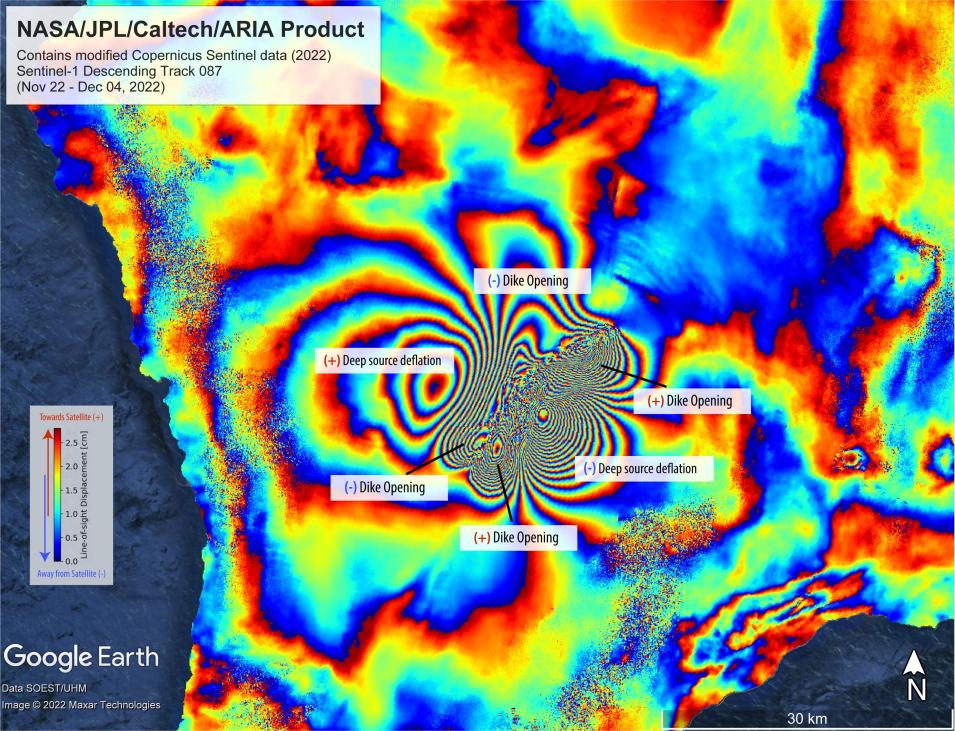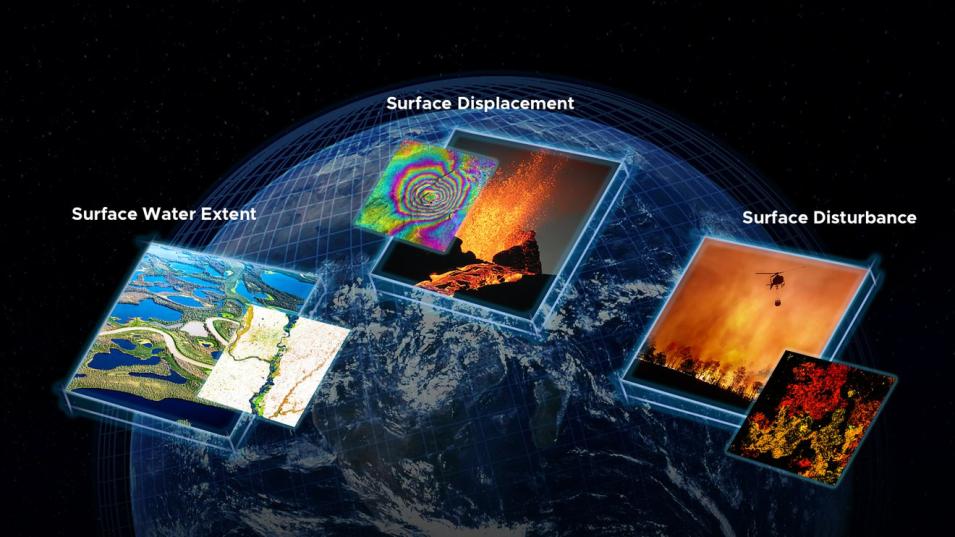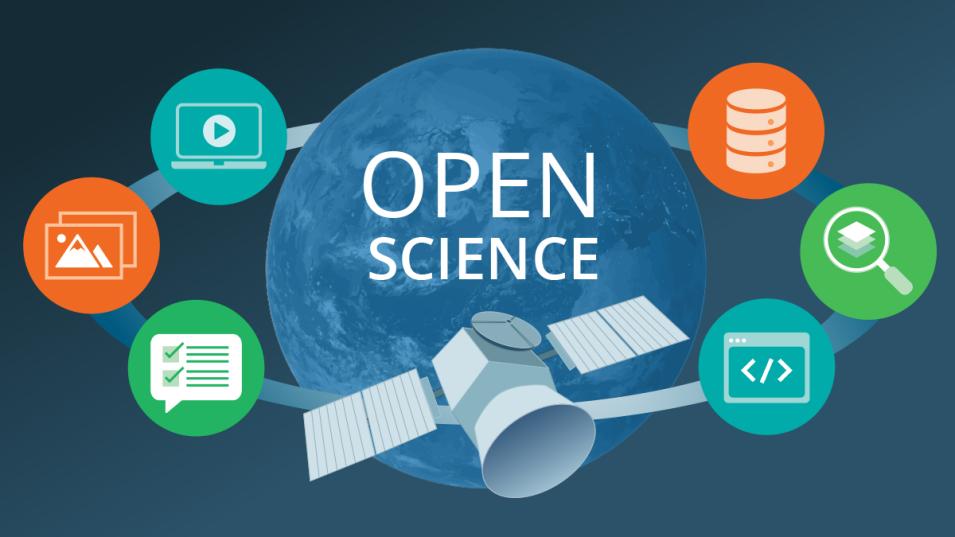A key project element is that all the code, software, and tools developed by the project team are fully and openly available. “We developed everything in the open-source domain; everything is reproducible with documentation and community members are encouraged to actively engage with us, see the development of products, and contribute to product development,” Bekaert says. “This is important since we are developing capabilities that can benefit others. We’re enabling people to spend more time doing science.”
Bekaert is quick to note that open source is not the same as open science. “Reproducibility and documentation and the ability for people to take whatever you have produced, make their own modifications, and apply these to their own applications—this has been a significant focus of our work,” he says, stressing the open science aspect of this project.
Making this work open provides better transparency, allows for greater oversight, and enables users to improve the products and find issues. “By making these products available to everybody, they start using them in ways you may have never considered,” Bekaert says. “The more eyes you have on the product, the more scrutiny and feedback you receive, which leads to a stronger product.”
Kennedy at ASF agrees. “The story of open science is open collaboration,” he says. “Just making repositories open source is not quite enough. You really needed to develop openly, and you need to work with the community and build a community. That open collaboration, the ability to work across institutions, is really, really powerful.”
Community Use
Project products are already being used in investigations into land change, such as studies of plate tectonic motion and rock physics in Tibet and for mapping vertical land motion in California. Bekaert notes that the ability to provide cloud-based scalability for low-latency, large volume InSAR processing is invaluable for disaster response. Capabilities developed by the research team have been used to respond to volcanic events in Portugal and Hawaii along with seismic events in Mexico, California, and Turkey/Syria.
InSAR imagery play a key role in Dr. Zhong Lu’s studies of volcanic activity along the Aleutian Islands in far western Alaska. Lu, a professor of geophysics at Southern Methodist University in Dallas, TX, and his research team are using nearly 5,000 InSAR images to better understand how volcanoes work in this far northern part of the Ring of Fire. Lu is also a member of the InSAR in the cloud project team and is testing the efficacy of the project’s capabilities in his research.
“InSAR processing is time-consuming and can take a lot of disk space, particularly over a large region such as the Aleutian volcanic arc,” says Lu. “Cloud-based processing speeds up work with these data. Add open science, and this makes it even more powerful.”
Lu notes that many volcanoes in the Aleutian Arc are not instrumented with ground-based GPS networks; satellite-acquired InSAR imagery are necessary for mapping volcanic deformation and forecasting eruptions. He also observes that the project’s openness is beneficial.
“Open science enhances science because we can take advantage of open algorithms and improve or adopt them for our study,” Lu says. “Additionally, many open science codes have been used and validated by various users; open science facilitates collaborative efforts by various groups, which further improves the algorithms. Finally, open science allows results to be easily reproducible and comparable.”
Findings and papers resulting from Lu’s research will be published in open journals to further enable work by the global community. “By making these data open, people can add their own knowledge to [them],” he adds.
The (Open) Road Ahead
As the InSAR in the cloud ACCESS project comes to the end of its funding, Bekaert notes that all project-related code and documentation are available through public GitHub libraries. ARIA-S1-GUNW products have been vetted by NASA and delivered to the ASF DAAC; these are available for downloading without restriction. Bekaert anticipates that more workflows will continue to be added to the cloud.
Kennedy at ASF mentions a future possibility of making the ARIA-S1-GUNW archive a user-driven archive. “We have an open-source, on-demand processing pipeline that enables users to request products for where they want them and where they will be most useful to them, and we can then make these products available to everybody,” he says. “This will truly make the archive represent what the science community is interested in. This is a very open, collaborative effort to transform the way [these] data are viewed and used.”
As a data user, Lu is still getting used to working with cloud-based InSAR data, but acknowledges that this is the future of how he and his colleagues will need to work with these data. “NASA processes data for you; all you need to do is go to the cloud to get these data,” he says. “Now we can take giant steps forward. This is the way to do it.”
Explore ARIA-S1-GUNW Interferograms


